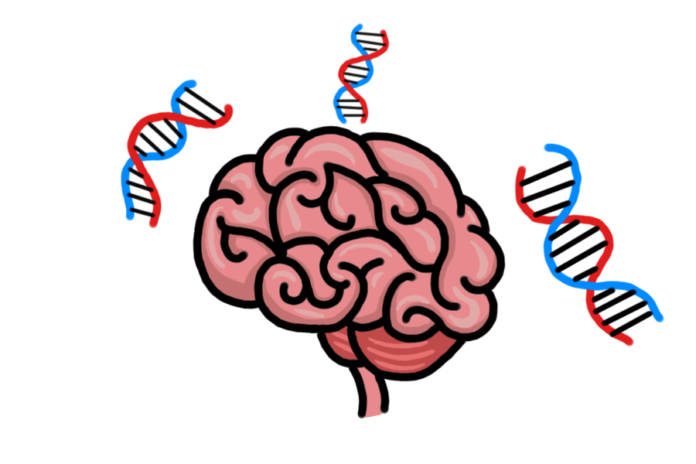Gene expression has been found to correlate with the severity of strokes and can be used as biomarkers for diagnosis and treatment
By KATIE HELLMAN — science@theaggie.org
According to a recent UC Davis study published in the journal BMC Medicine, analyzing an individual’s genes following a stroke may improve the efficiency of diagnosis and treatment.
“Dissecting the temporal dynamics of gene expression after IS (ischemic stroke) improves our understanding of immune and clotting responses at the molecular and cellular level that are involved in acute brain injury and may assist with time-targeted, cell-specific therapy,” the study reads.
Strokes can be classified as hemorrhagic, which means that they are caused by bleeding in the brain, or ischemic, which means they are caused by blood clots forming near blocked arteries. Without immediate treatment, parts of the brain become damaged or die as a result of brain swelling. Strokes are the second-leading cause of death worldwide.
Bodie Knepp, co-author of the study and assistant specialist in the Department of Neurology at UC Davis Health, explained what happens to the body during a stroke.
“During an ischemic stroke, a clot blocks a vessel and stops blood flow to a region of the brain,” Knepp said via email. “This causes brain tissue to not get enough oxygen and damages brain cells in the primary injury.”
Paulina Carmona-Mora, a research scientist in the Department of Neurology at UC Davis Health, commented on the importance of the relationship between strokes and gene expression.
“After a stroke, we observe changes in gene expression,” Carmona-Mora said. “Blood is a nice proxy for us to understand what’s going on in the site of the injury in the brain. Stroke diagnosis has to be within a critical time window; for example, within the first couple of hours, you can have a therapy that can break the clots that block blood flow in the brain.”
The current protocol for stroke treatment includes the timely administration of medication and advanced brain imaging, but many hospitals aren’t equipped with the appropriate technology. This is especially true of medical facilities in rural areas and countries that lack sufficient resources to purchase and maintain advanced clinical equipment.
Researchers at UC Davis Health have been developing treatments designed for certain genes in stroke patients. With the help of her team, Carmona-Mora examined blood samples from 38 patients admitted to the emergency department for ischemic strokes and 18 patients admitted for other reasons.
The researchers were able to identify differentially expressed genes, which show how a cell responds to its changing environment, by isolating the blood cell samples and specific biomarkers. The gene expression profiles of the stroke patients were then compared to those of the non-stroke patients. Many genes were associated with the severity of a stroke, depending on whether the gene expression was identified as more abundant, less abundant or absent compared to the data gathered from the non-stroke patients.
“There are genes that peak in the first 24 hours [after a stroke] and then decrease, which are nice for biomarkers and for diagnosis,” Carmona-Mora said. “There are genes that steadily increase their expression within the first 24 hours and then peak over 48 hours, and there are others that decrease constantly — so we see these genes in the controls and they decrease as the time after the stroke progresses.”
The results of the study provide a foundation for more efficient treatments to be administered to stroke patients, which could substantially decrease the risk of death and paralysis.
“It is likely that most diseases are accompanied by changes in gene expression, either due to the disease itself or the body’s response to that disease,” Knepp said. “If these changes are distinct enough, and if they are unique compared to other diseases, the gene expression changes have great potential to aid in the diagnosis of that disease.”
Written by: Katie Hellman — science@theaggie.org




